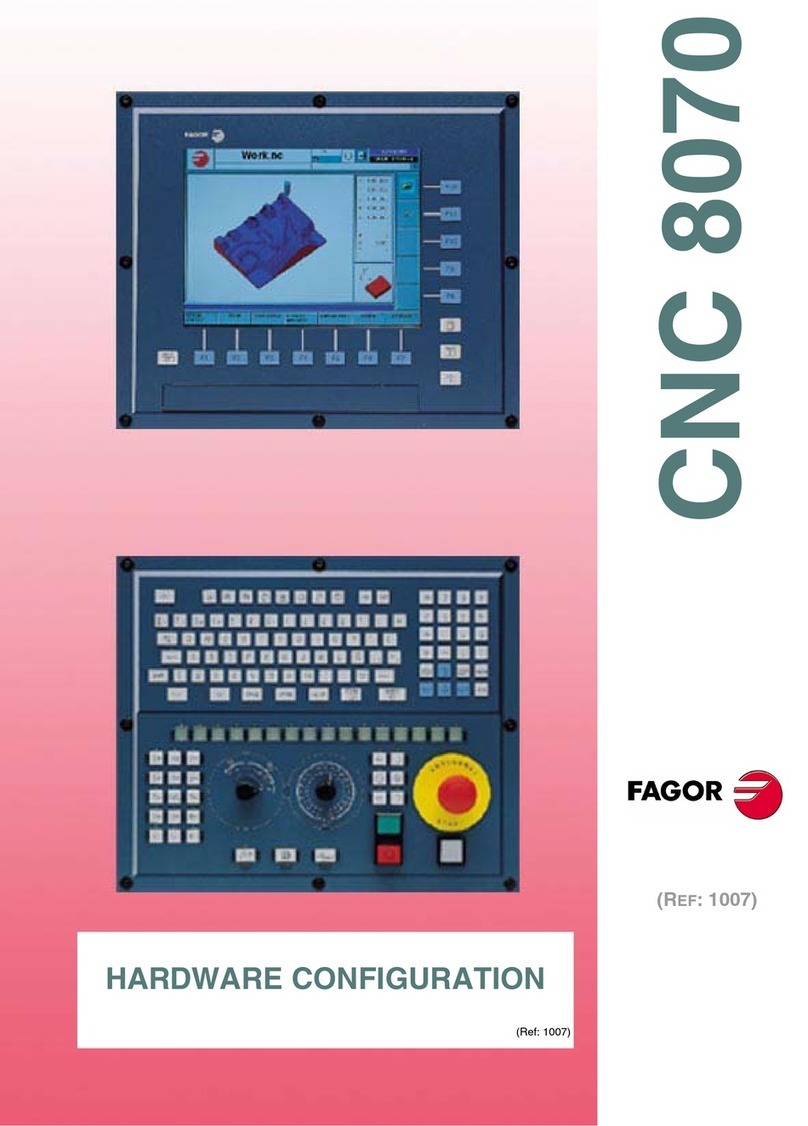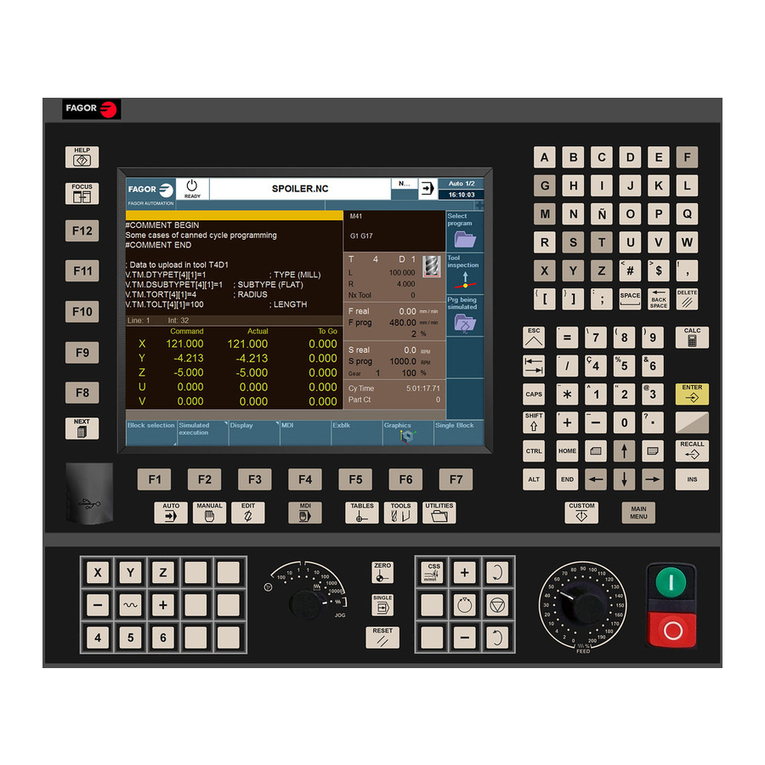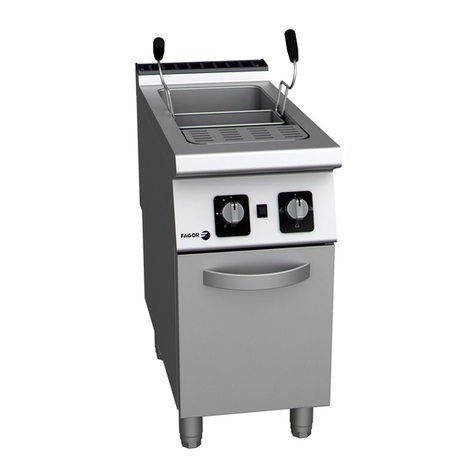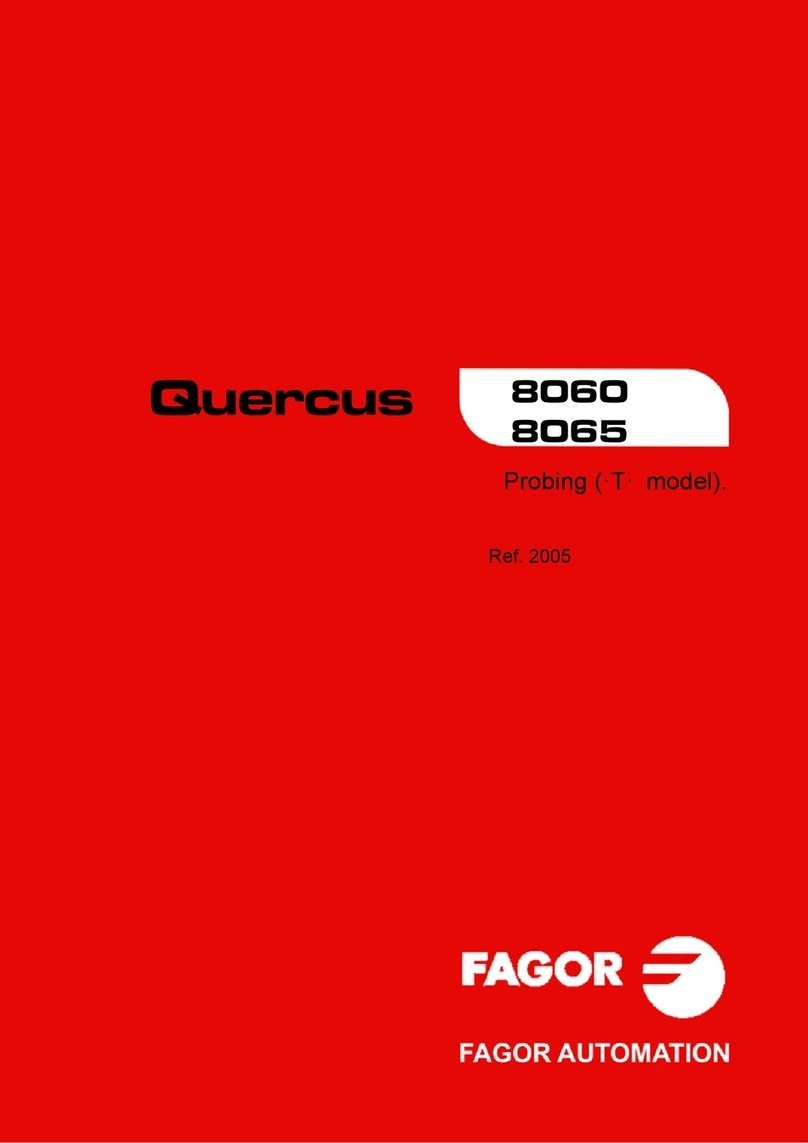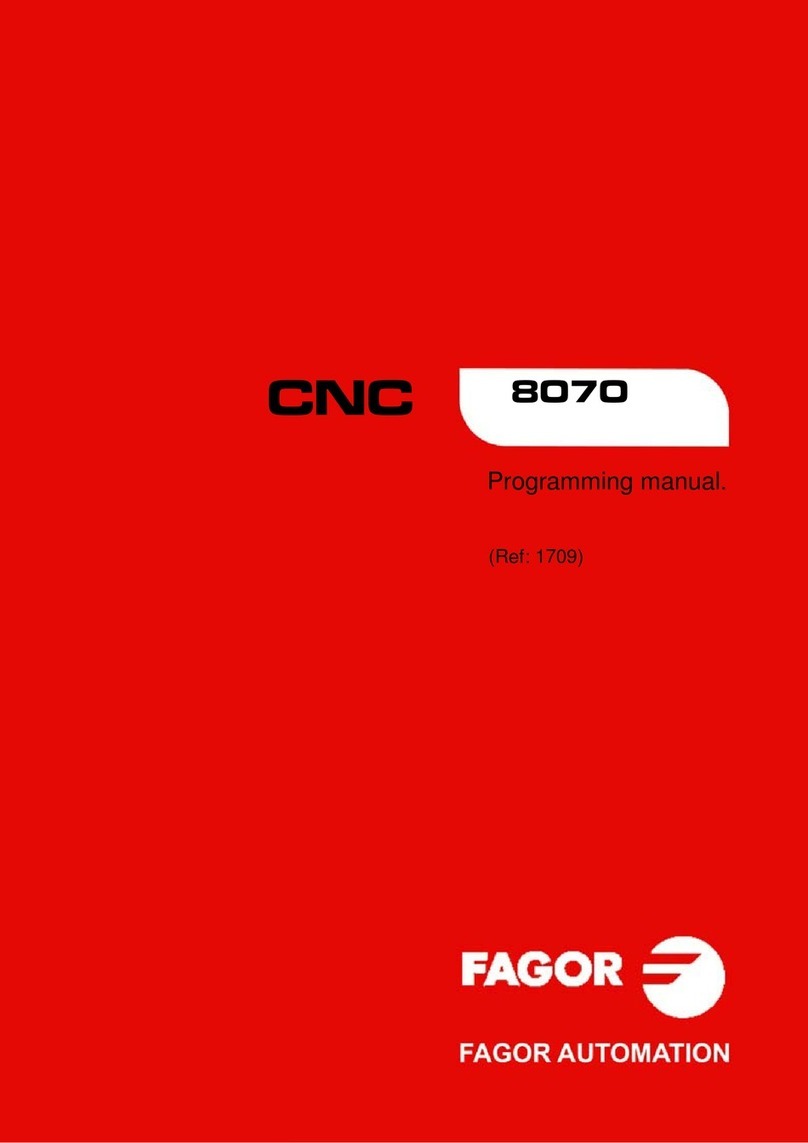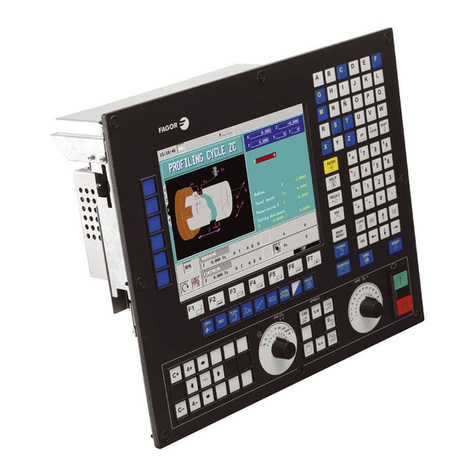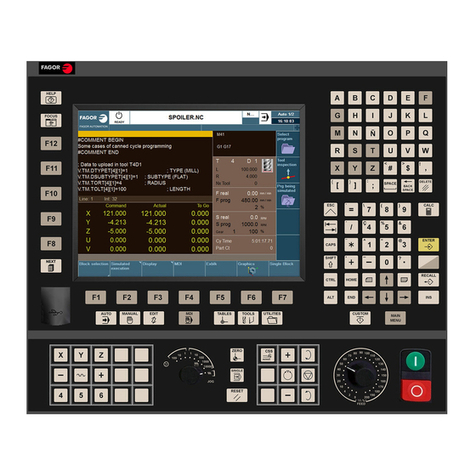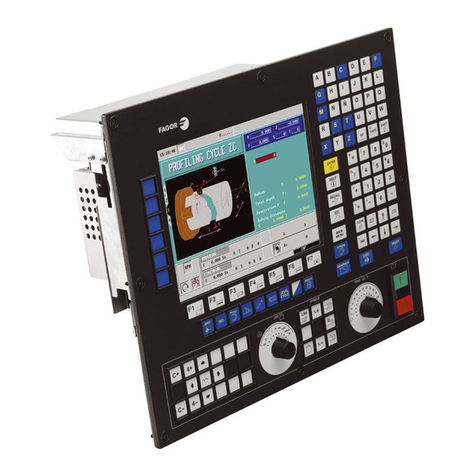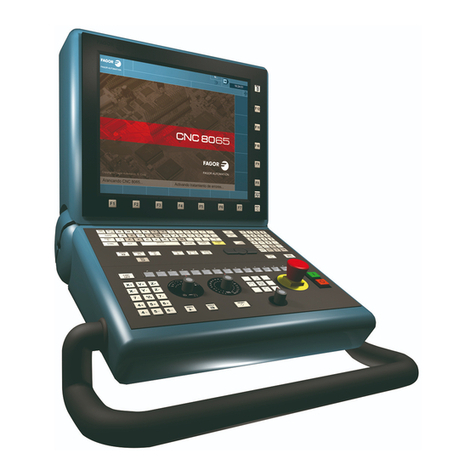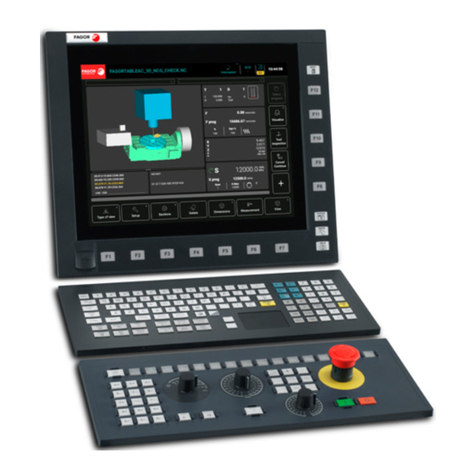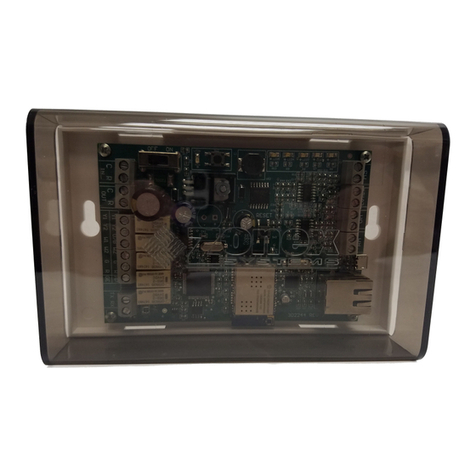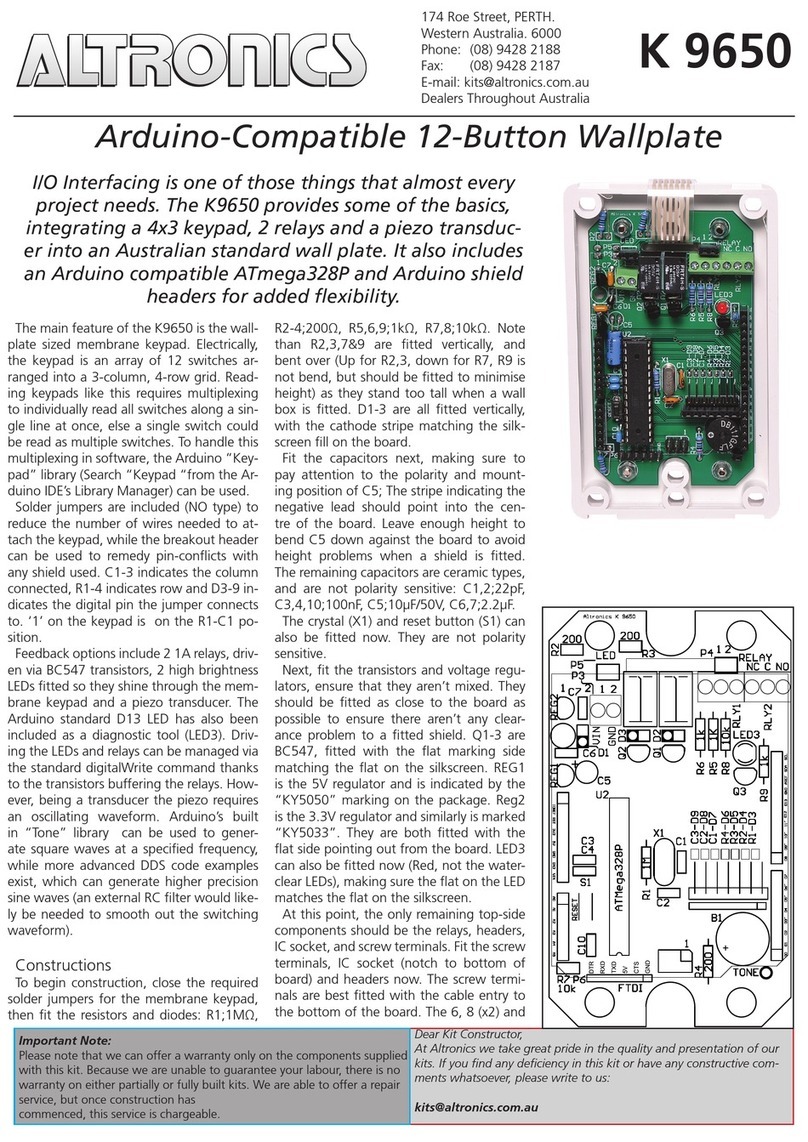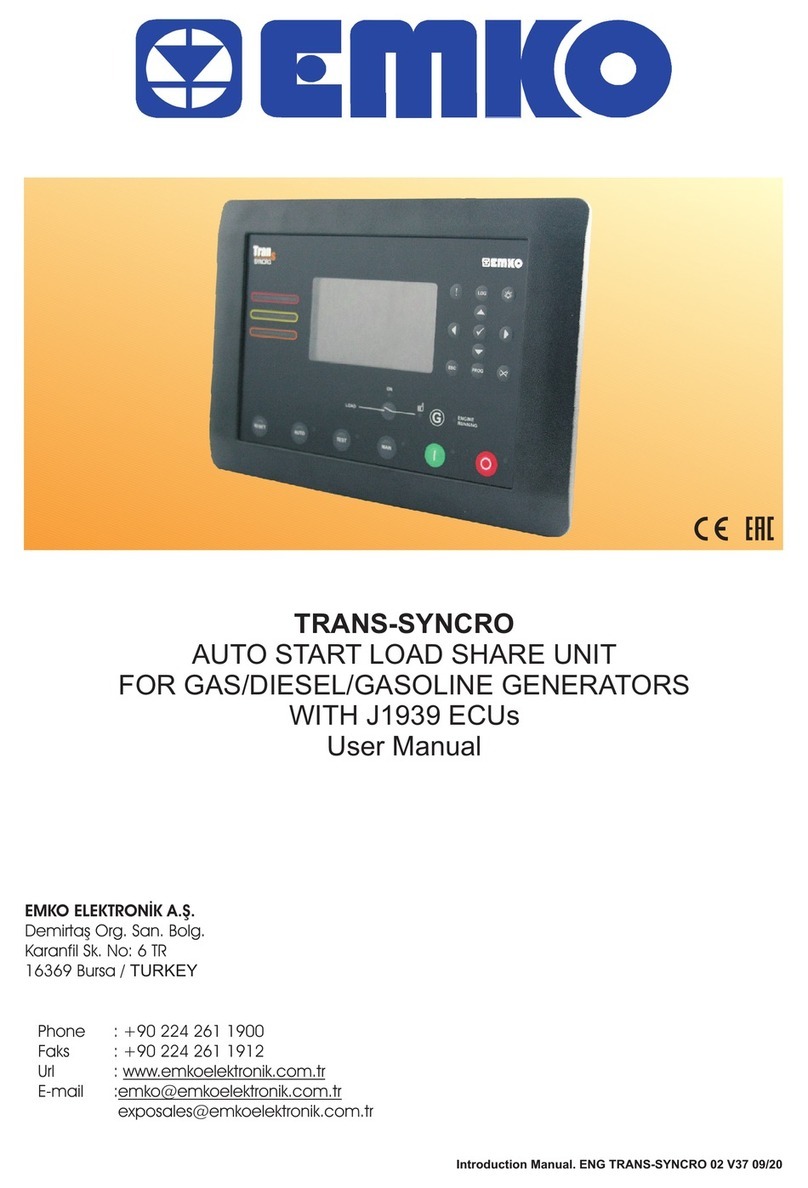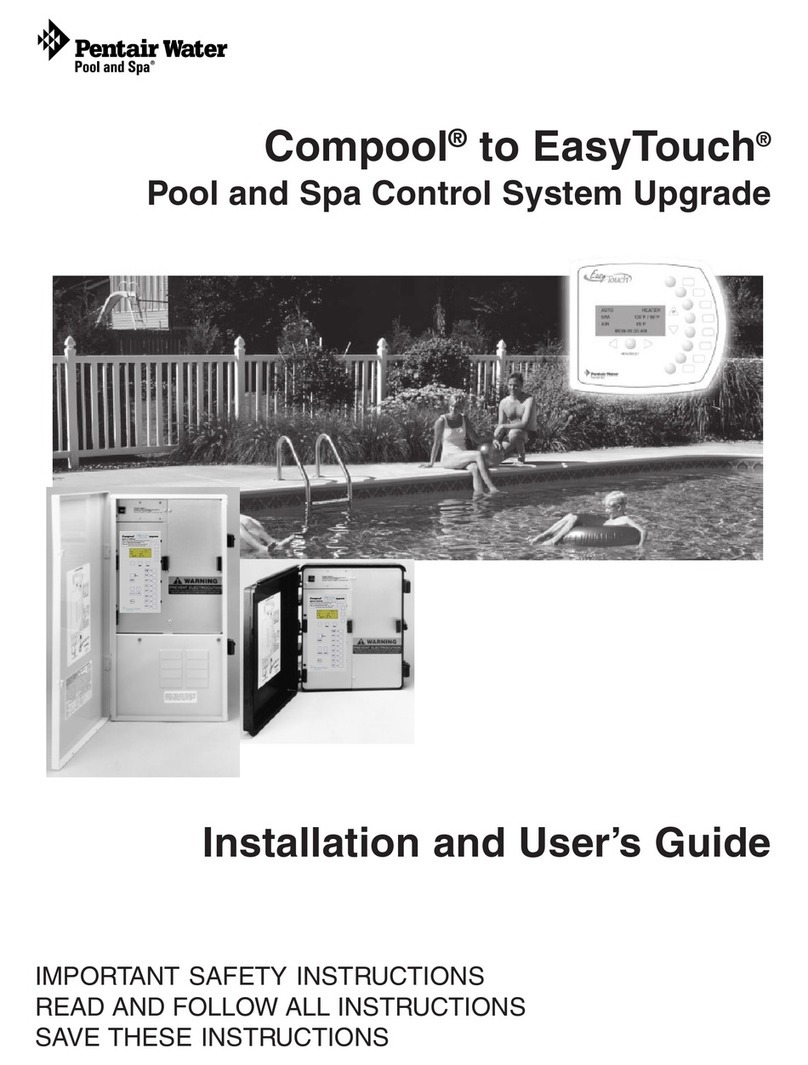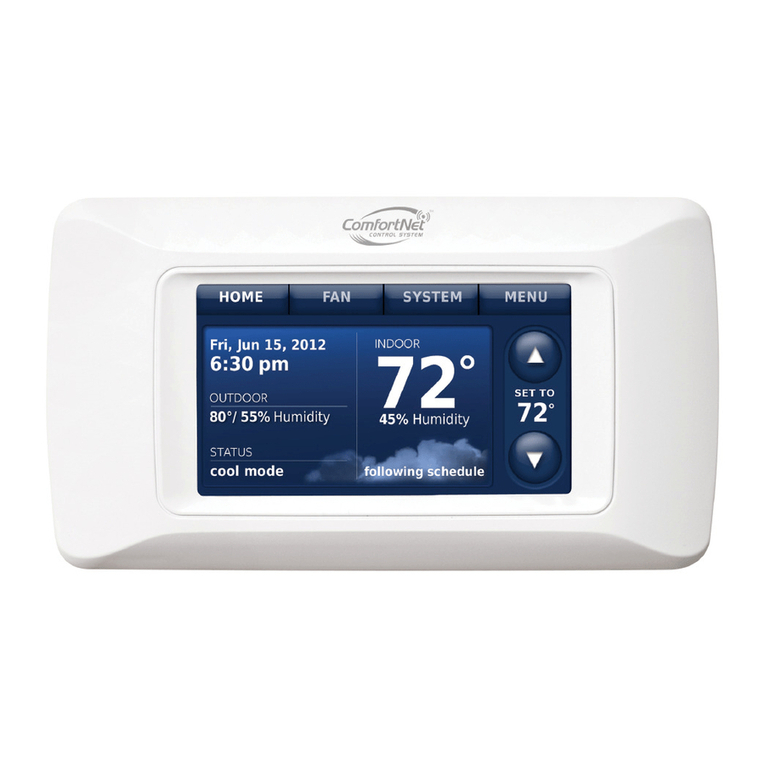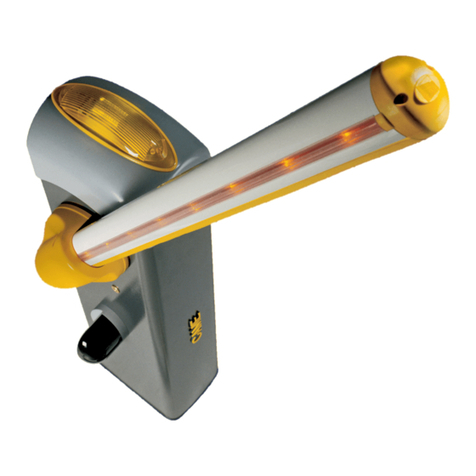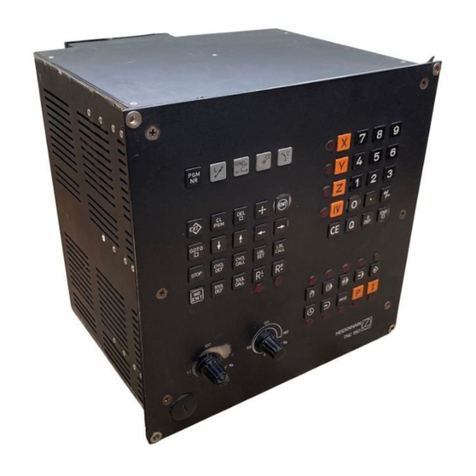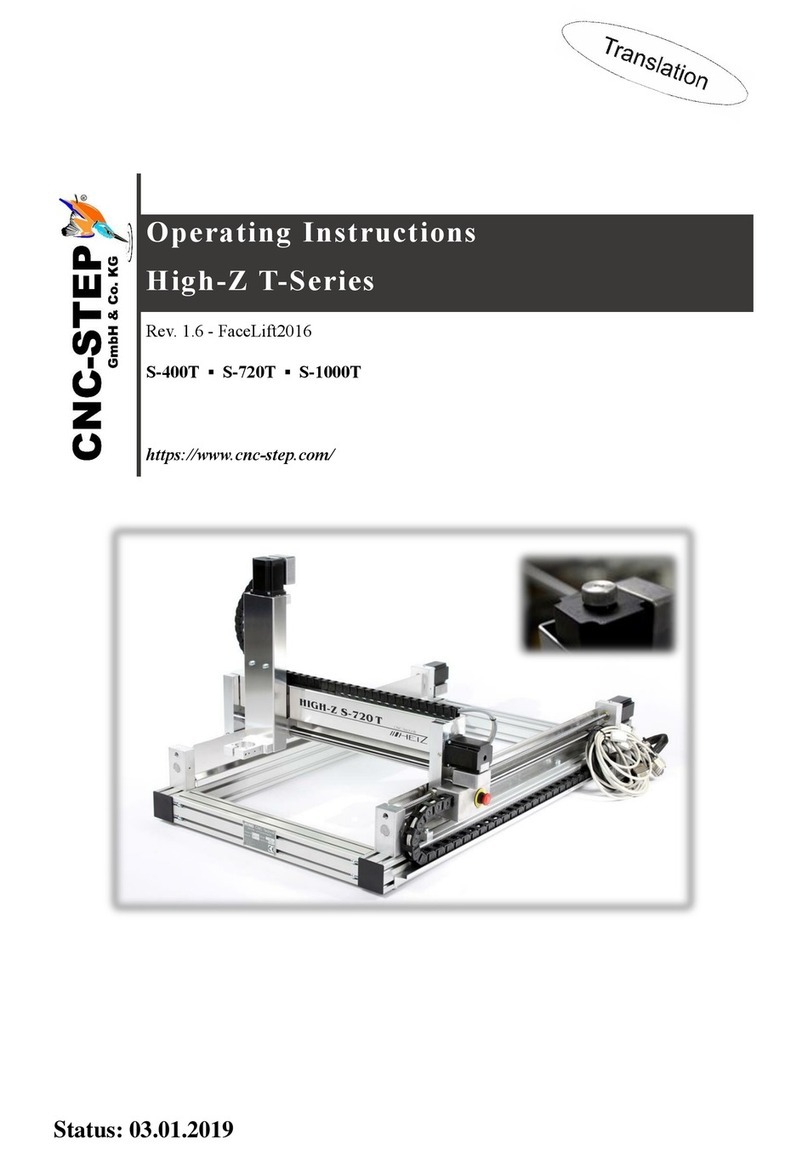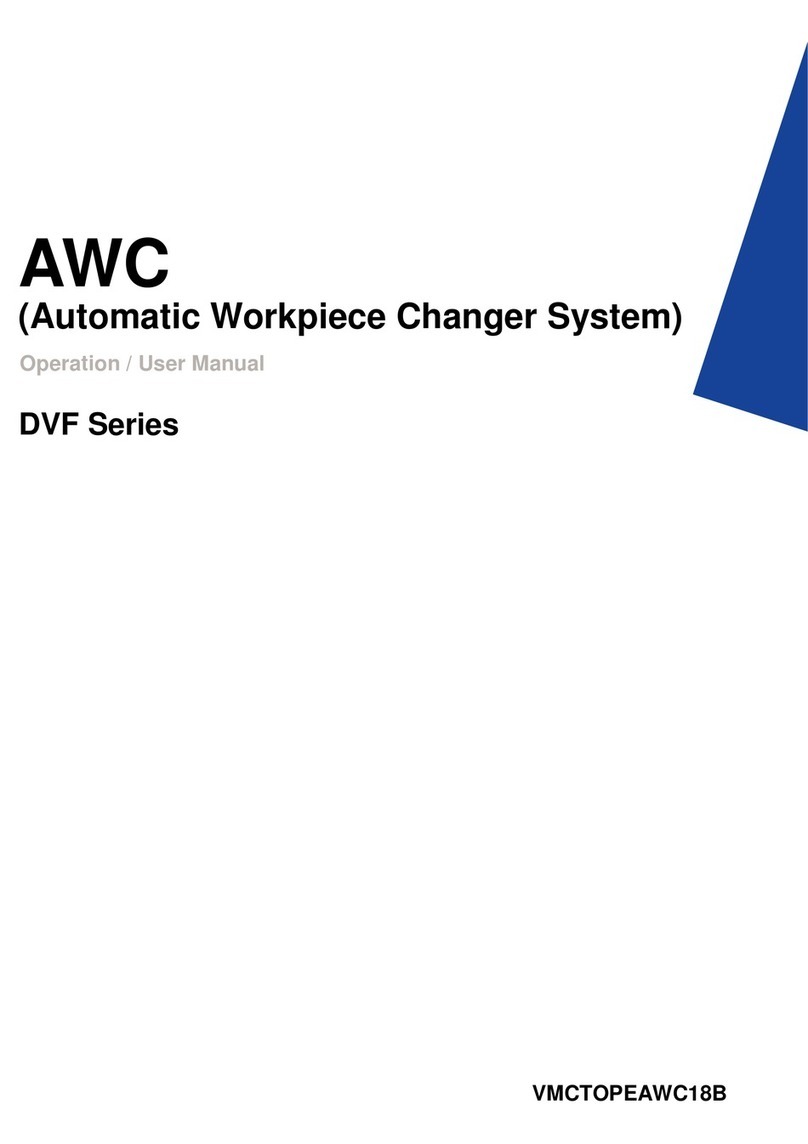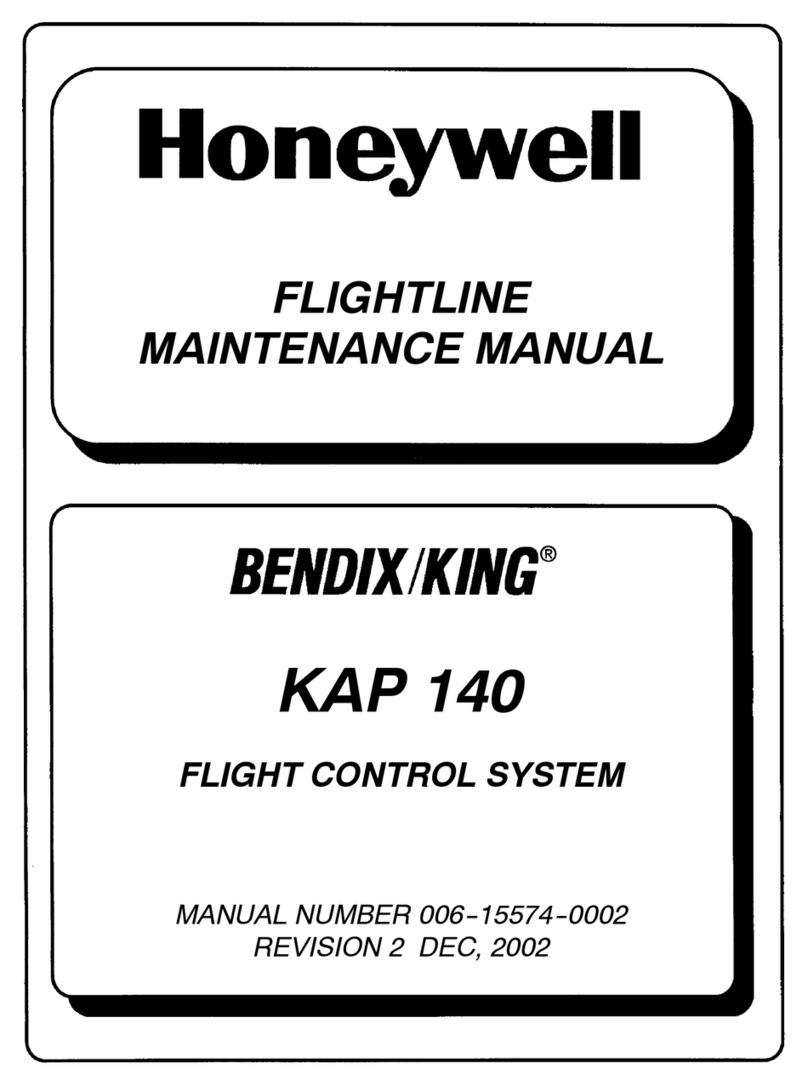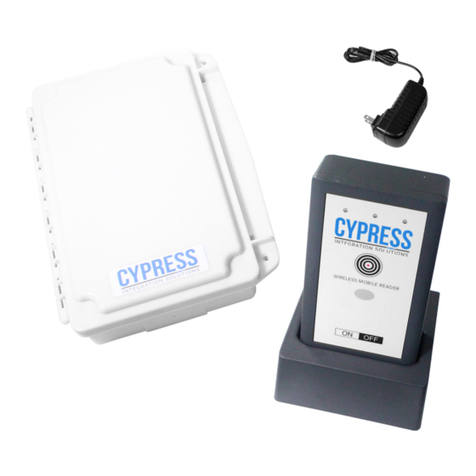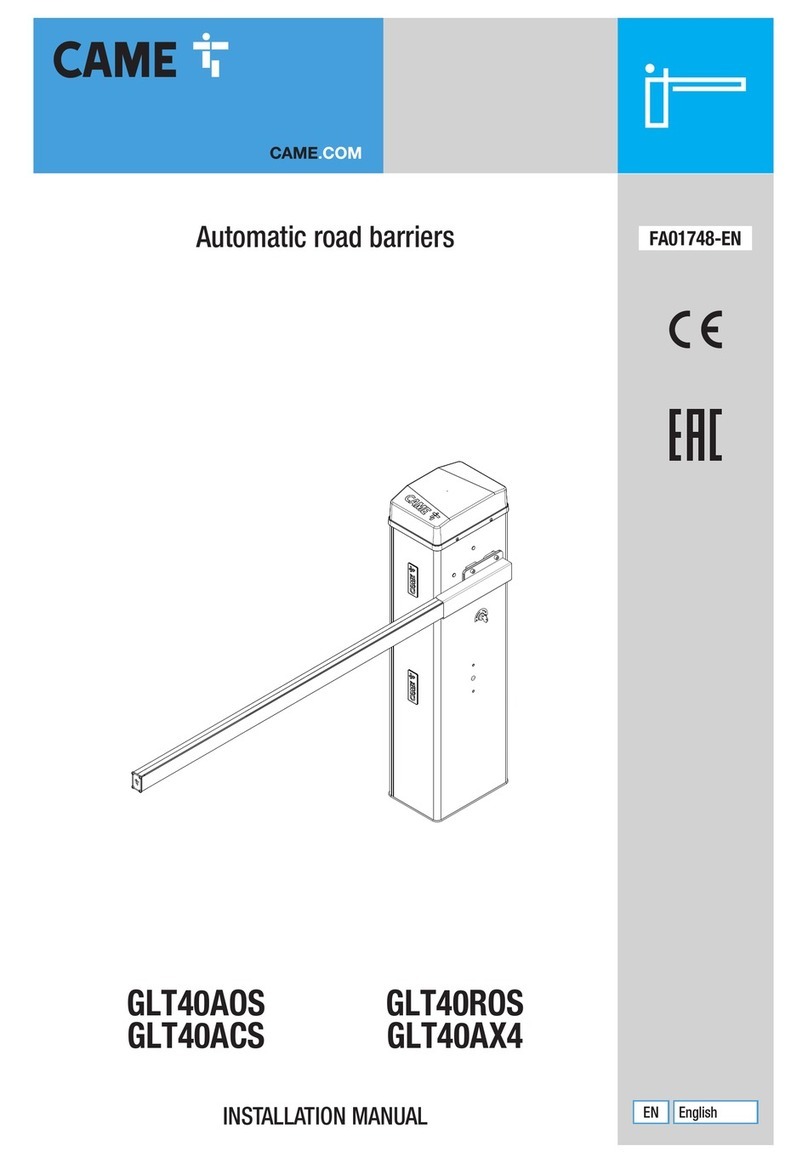
·4·
Programming manual
CNC 8055
CNC 8055i
SOFT: V02.2X
5.7 Auxiliary function (M) ..................................................................................................... 78
5.7.1 M00. Program stop .................................................................................................... 79
5.7.2 M01. Conditional program stop.................................................................................. 79
5.7.3 M02. End of program ................................................................................................. 79
5.7.4 M30. End of program with return to the first block ..................................................... 79
5.7.5 M03, M4, M5. Spindle start and stop ......................................................................... 79
5.7.6 M06. Tool change code ............................................................................................. 81
5.7.7 M19. Spindle orientation ............................................................................................ 82
5.7.8 M41, M42, M43, M44. Spindle gear change .............................................................. 83
5.7.9 M45. Auxiliary spindle / Live tool................................................................................ 84
CHAPTER 6 PATH CONTROL
6.1 Rapid traverse (G00) ..................................................................................................... 85
6.2 Linear interpolation (G01) .............................................................................................. 86
6.3 Circular interpolation (G02, G03)................................................................................... 87
6.4 Circular interpolation with absolute arc center coordinates (G06) ................................. 92
6.5 Arc tangent to previous path (G08)................................................................................ 93
6.6 Arc defined by three points (G09).................................................................................. 94
6.7 Helical interpolation ....................................................................................................... 95
6.8 Tangential entry at the beginning of a machining operation (G37)................................ 96
6.9 Tangential exit at the end of a machining operator (G38) ............................................. 97
6.10 Automatic radius blend (G36) ........................................................................................ 98
6.11 Chamfer (G39)...............................................................................................................99
6.12 Threading (G33) .......................................................................................................... 100
6.13 Variable pitch threads (G34)........................................................................................ 102
6.14 Move to hardstop (G52)............................................................................................... 103
6.15 Feedrate "F" as an inverted function of time (G32)...................................................... 104
6.16 Tangential control (G45) .............................................................................................. 105
6.16.1 Considerations about the G45 function.................................................................... 107
6.17 G145. Temporary cancellation of tangential control .................................................... 108
CHAPTER 7 ADDITIONAL PREPARATORY FUNCTIONS
7.1 Interruption of block preparation (G04)........................................................................ 109
7.1.1 G04 K0: Block preparation interruption and coordinate update ............................... 111
7.2 Dwell (G04 K) .............................................................................................................. 112
7.3 Working with square (G07) and round (G05,G50) corners.......................................... 113
7.3.1 G07 (square corner)................................................................................................. 113
7.3.2 G05 (round corner) .................................................................................................. 114
7.3.3 Controlled round corner (G50) ................................................................................. 115
7.4 Look-ahead (G51)........................................................................................................ 116
7.4.1 Advanced look-ahead algorithm (integrating Fagor filters) ...................................... 118
7.4.2 Look-ahead operation with Fagor filters active ........................................................ 119
7.5 Mirror image (G10, G11. G12, G13, G14) ................................................................... 120
7.6 Scaling factor (G72)..................................................................................................... 121
7.6.1 Scaling factor applied to all axes. ............................................................................ 122
7.6.2 Scaling factor applied to one or more axes.............................................................. 123
7.7 Pattern rotation (G73) .................................................................................................. 125
7.8 Electronic axis coupling/uncoupling............................................................................. 127
7.8.1 Electronic axis coupling, slaving, (G77) ................................................................... 128
7.8.2 Cancellation of the electronic axis coupling, slaving, (G78)..................................... 129
7.9 Axes toggle G28-G29 .................................................................................................. 130
CHAPTER 8 TOOL COMPENSATION
8.1 Tool radius compensation (G40, G41, G42)................................................................ 132
8.1.1 Beginning of tool radius compensation .................................................................... 133
8.1.2 Sections of tool radius compensation ...................................................................... 136
8.1.3 Cancellation of tool radius compensation ................................................................ 137
8.1.4 Change of type of radius compensation while machining........................................ 143
8.2 Tool length compensation (G43, G44, G15)................................................................ 144
8.3 Collision detection (G41 N, G42 N) ............................................................................. 146
CHAPTER 9 CANNED CYCLES
9.1 Canned cycle definition................................................................................................ 148
9.2 Influence zone of a canned cycle ................................................................................ 149
9.2.1 G79. Modification of the canned cycle parameters.................................................. 150
9.3 Canned cycle cancellation ........................................................................................... 152
9.4 Some general points to consider ................................................................................. 153
9.5 Machining canned cycles............................................................................................. 154
9.6 G69. Drilling canned cycle with variable peck ............................................................. 157
9.6.1 Basic operation ........................................................................................................ 159

